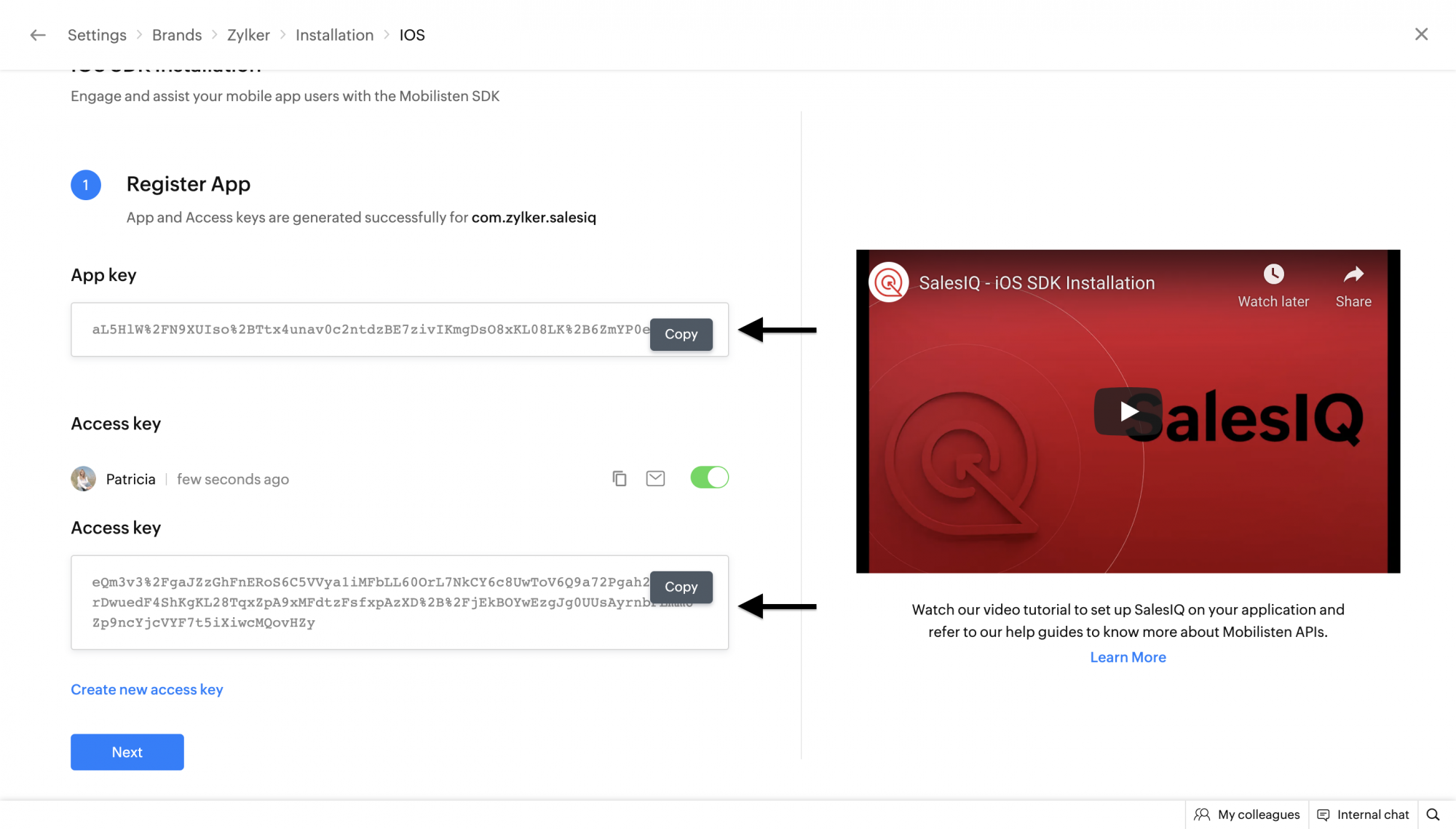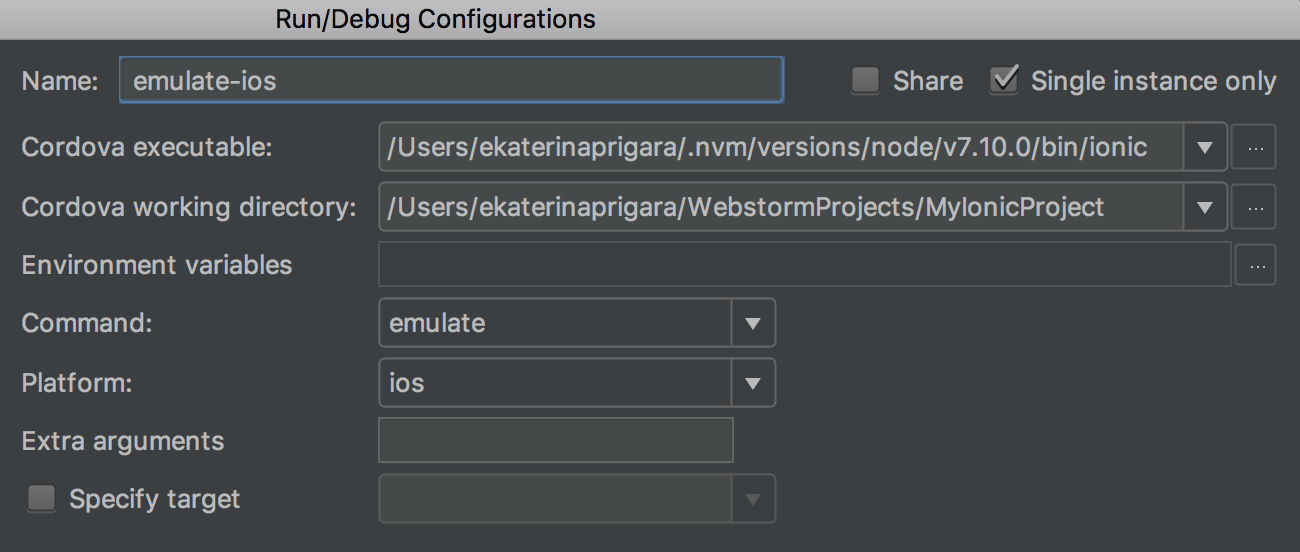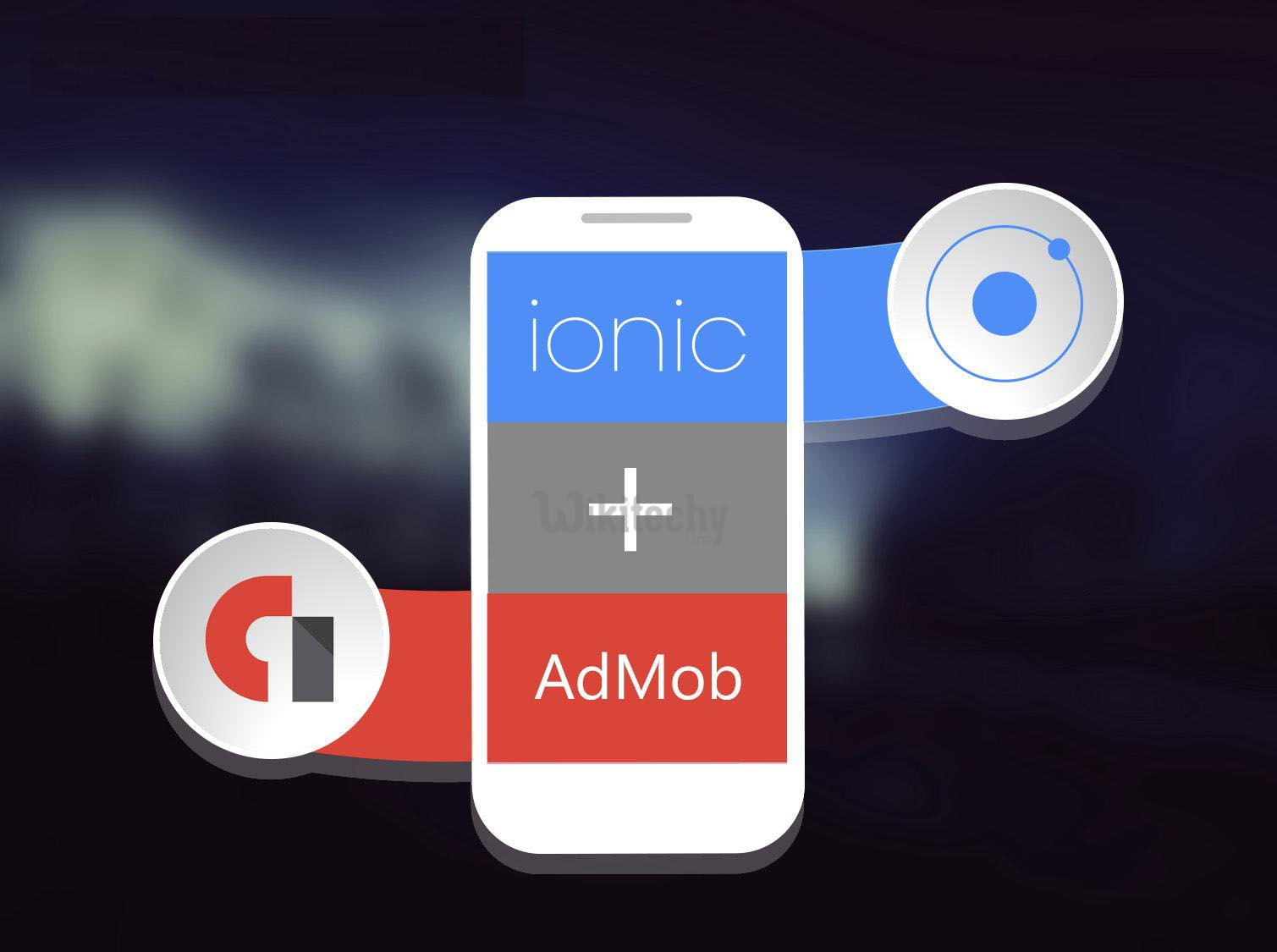
- #Ionic cordova appicon overwriting how to
- #Ionic cordova appicon overwriting install
- #Ionic cordova appicon overwriting for android
- #Ionic cordova appicon overwriting code
Just a blank page saying the “world is your oyster”. You won’t see much in the homepage created in the starter. Run the app in browser using (yes you guessed it right) $ ionic serve The -type=react told the CLI to create a React app, not an Angular app !! Start a basic blank starter using $ ionic start IRIconSplash blank -type=react
#Ionic cordova appicon overwriting install
Ensure latest Ionic CLI installation using $ npm install -g a basic Ionic-React app is not much different or difficult from creating a basic Ionic-Angular app. This will ensure you are using everything latest (Duh ! ) . So let’s dive right in ! Step 1 - Create a basic Ionic-React appįirst you need to make sure you have the latest Ionic CLI.
#Ionic cordova appicon overwriting for android

Now you can create Ionic apps in Angular, React, Vue or even in plain JS. Since Ionic 4, Ionic has become framework agnostic. Those changes have to be done manually in the native code. Other than that, Capacitor also doesn’t support plugin installation with variables. Icon doesn’t require any API from the framework. To build Splash functionality, we’ll use Capacitor’s Splash API. However, there are certain Cordova plugins which are known to be incompatible with Capacitor. This give more flexibility to developersĭue to these reasons, we’ll have to add custom Icon and Splash manually in each platform, using the platform’s IDE - Android Studio and Xcode Plugins in CapacitorĬordova and Ionic Native plugins can be used in Capacitor environment.
#Ionic cordova appicon overwriting code


That means, Capacitor wants you to keep the platform source code in the repository, unlike Cordova which always assumes that you will generate the platform code on build time Capacitor considers each platform project a source asset instead of a build time asset.Here are the differences between Cordova and Capacitor Capacitor is very similar to Cordova, but with some key differences in the app workflow

Ionic people call these apps “Native Progressive Web Apps” and they represent the next evolution beyond Hybrid apps. But there are some limitations of Cordova, which Capacitor tries to overcome with a new App workflow.Ĭapacitor is a cross-platform app runtime that makes it easy to build web apps that run natively on iOS, Android, Electron, and the web. Let’s see a brief intro to each of the included frameworks (Skip this if you already know about these) :Ĭordova helps build Ionic web app into a device installable app. We will be doing this for Ionic-React apps in Capacitor, which doesn’t make much difference from Angular, as Icon and Splash are front-end independent.
#Ionic cordova appicon overwriting how to
How to create custom icon and splash for Capacitor iOS apps using Xcode.How to create custom icon and splash for Capacitor Android apps using Android Studio.Also, Capacitor has its own Splash API for controlling Splash implementation. So you’ll have to use native IDEs to create icons and splash for Ionic-React Capacitor apps. But Capacitor gives user total command over native project code. Creating icon and splash is pretty straight-forward in Cordova apps. It is created to be a replacement and an improvement over Cordova. In this post, you will learn how to make custom Icon and Splash in your Capacitor Ionic React app.Ĭapacitor is the latest buzz in hybrid app world.


 0 kommentar(er)
0 kommentar(er)
